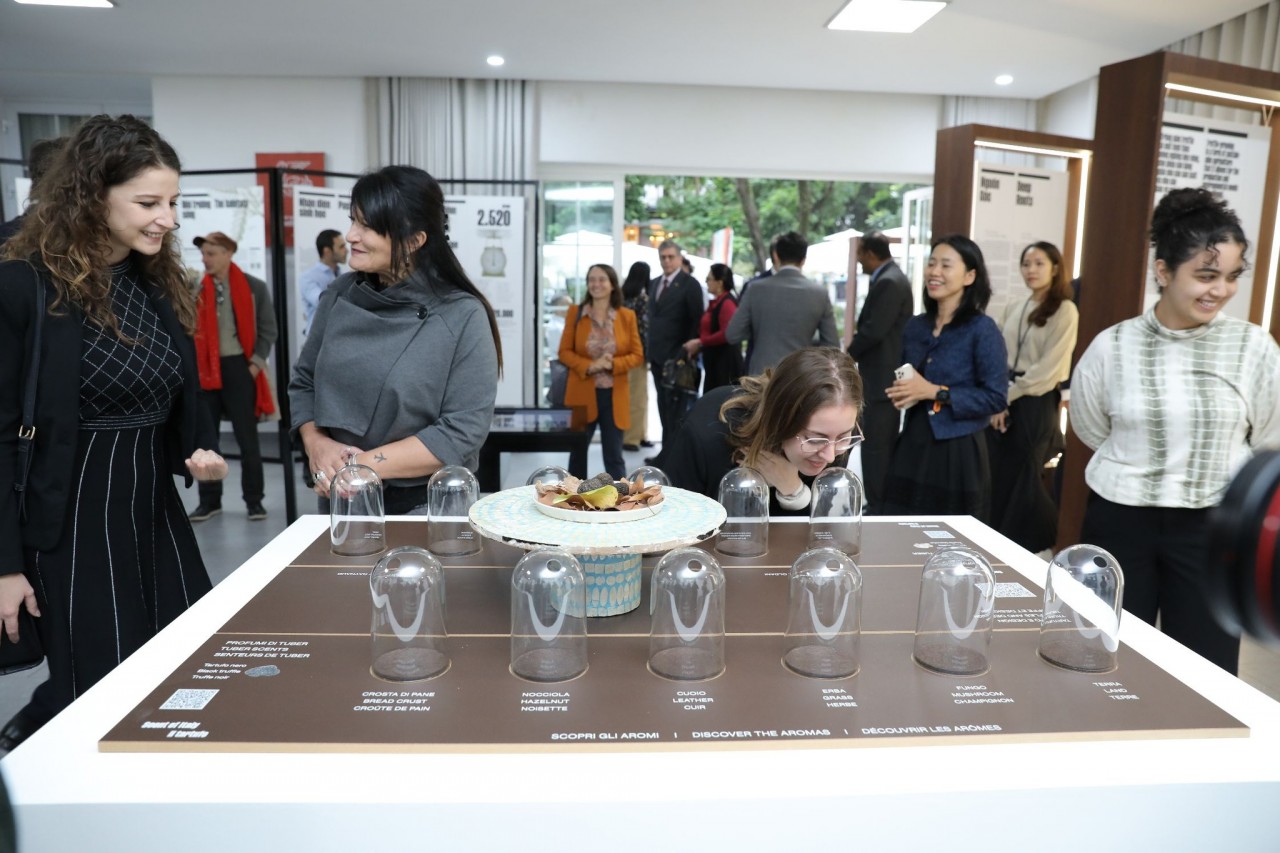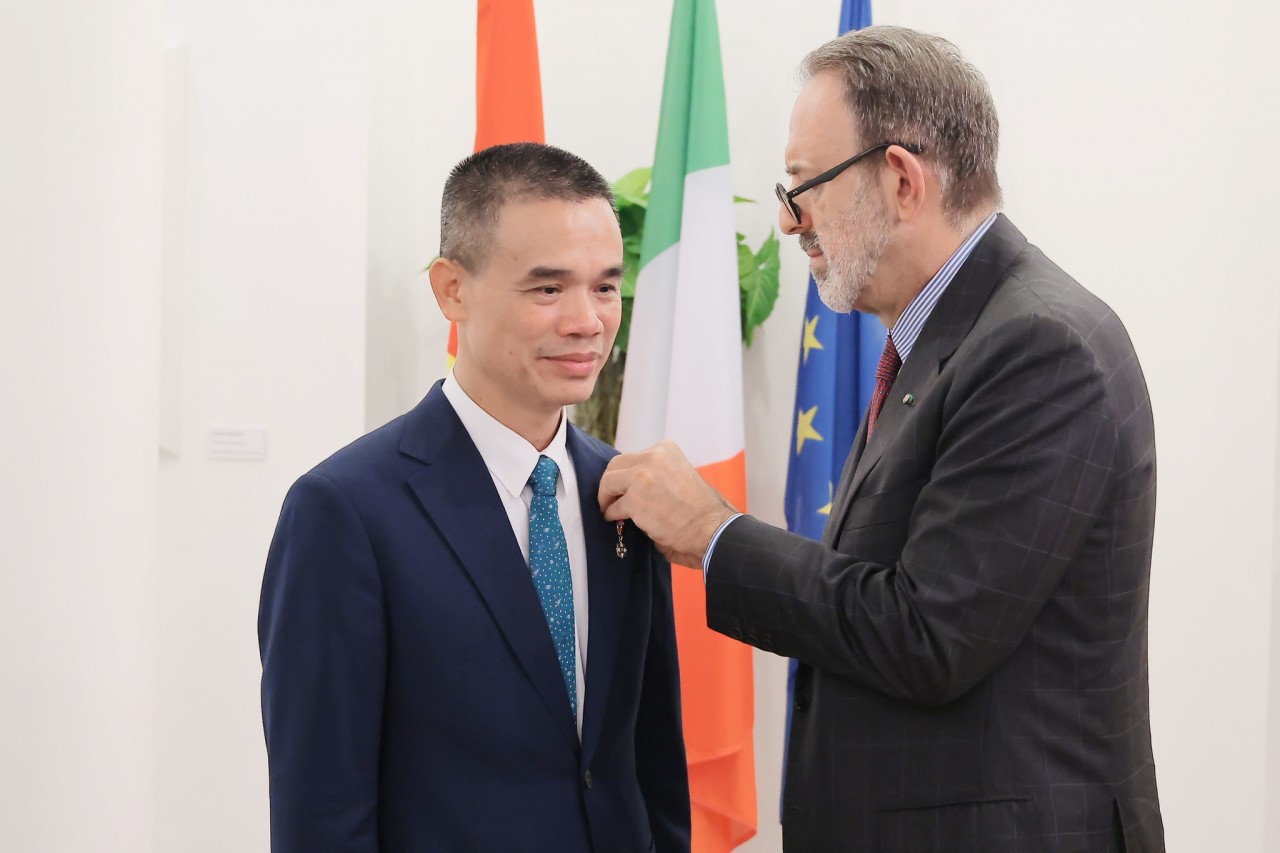Biography of Giorgio Parisi: Early Life, Career, Awards and Achievement
 |
| Morning Express |
Who is Giorgio Parisi – Biography
Giorgio Parisi (born 4 August 1948) is an Italian theoretical physicist, whose research has focused on quantum field theory, statistical mechanics and complex systems. His best known contributions are the QCD evolution equations for parton densities, obtained with Guido Altarelli, known as the Altarelli–Parisi or DGLAP equations, the exact solution of the Sherrington–Kirkpatrick model of spin glasses, the Kardar–Parisi–Zhang equation describing dynamic scaling of growing interfaces, and the study of whirling flocks of birds. He was awarded the 2021 Nobel Prize in Physics jointly with Klaus Hasselmann and Syukuro Manabe for groundbreaking contributions to theory of complex systems, in particular "for the discovery of the interplay of disorder and fluctuations in physical systems from atomic to planetary scales."
Giorgio Parisi – Early Life
 |
| TechBeezer |
Giorgio Parisi was born in Rome 4/8/1948.
He graduated from Rome University in 1970, the supervisor being Nicola Cabibbo. He has worked as researcher at the Laboratori Nazionali di Frascati from 1971 to 1981. In this period he has been in leave of absence from Frascati at the Columbia University, New York (1973-1974), at the Institute des Hautes Etudes Scientifiques (1976-1977) and at the Ecole Normale Superieure, Paris (1977-1978).
Giorgio Parisi – Career
He became full professor at Rome University in 1981, from 1981 he was to 1992 full professor of Theoretical Physics at the University of Roma II, Tor Vergata and he is now professor of Quantum Theories at the University of Rome I, La Sapienza.
He received the Feltrinelli prize for physics from the Academia dei Lincei in 1986, the Boltzmann medal in 1992, the Italgas prize in 1993, the Dirac medal and prize in 1999, the Italian Prime Minister prize in 2002, the Enrico Fermi Prize in 2003, the Dannie Heineman Prize in 2005, the Nonino Prize in 2005, the Galileo prize in 2006.
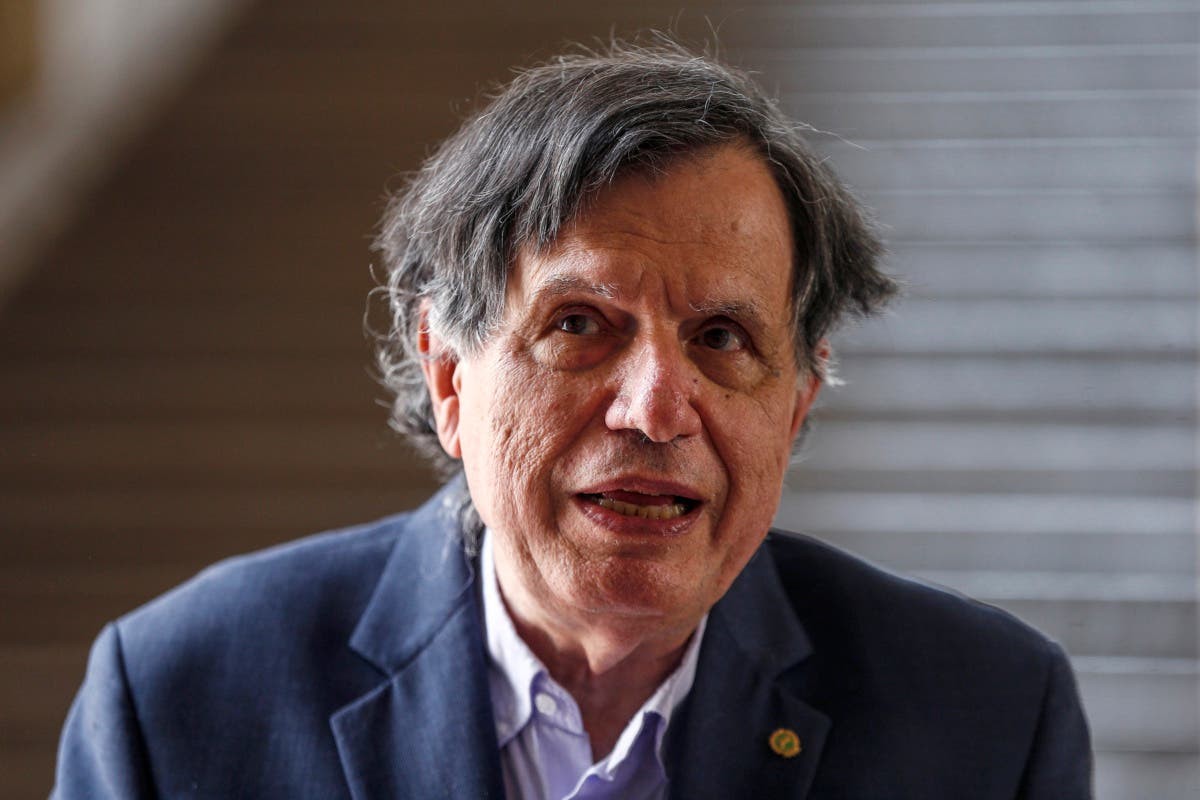 |
| PRO IQRA |
He is fellow of the Accademia dei Lincei, of the French Academy of Sciences, of the Accademia dei XL and of the National Academy of Sciences of the U.S.. He received the laurea honoris causa in Philosophy from Urbin University.
He is (or he has been) member of the editorial board of various and of various scientific committees, in particular member of the scientific committee of the INFM, of the French National Research Panel and head of the Italian delegation at the IUPAP.
He is actually director of the CNR-INFM research and development center SMC (Statistical Mechanics and Complexity) in Rome.
Research activity
Giorgio Parisi has written about 500 scientific publications on reviews and about 50 contributions to congresses or schools. His main activity has been in the field of elementary particles, theory of phase transitions and statistical mechanics, mathematical physics and string theory, disordered systems (spin glasses and complex systems), neural networks theoretical immunology, computers and very large-scale simulations of QCD (the APE project), non-equilibrium statistical physics.
Giorgio Parisi has also written three books: Statistical Field Theory, (Addison Wesley, New York, 1988), Spin glass theory and beyond (Word Scientific, Singapore, 1988), in collaboration with M. Mezard and M.A. Virasoro and Field Theory, Disorder and Simulations (Word Scientific, Singapore, 1992).
Elementary particles
After some works on the parton model Giorgio Parisi has studied the properties of Quantum Cromodynamics; his main achievements have been the analysis of scaling violations in deep inelastic scattering based on integral differential equations controlling the evolution of the partonic densities as function of the momentum, a model for quark confinement based with the analogy of confinement of magnetic monopoles in a superconductor due to the formation of flux tube. This last model is often used as a simple explanation of quark confinement.
He has also suggested some interesting relations among the gravitational constant, the electron charge and the number of different Fermionic species and strong bounds on the mass of the Higgs particle by using the renormalization group. He has started the computations of the observed hadronic mass spectrum using large-scale computer simulations using the quenched approximation where vacuum polarization diagrams are neglected. He has also introduced the first efficient algorithm for dealing with the computation of Fermion loops (the pseudofermions technique). The construction of the APE computers was motivated by the aim of arriving to a computation of the mass spectrum with 5- 10% accuracy. This goal has been essentially reached in the quenched approximation using the APE computers.
Phase transitions and statistical mechanics
The main results obtained by Giorgio Parisi are:
•A formulation of the conformal bootstrap for computing critical indices.
•A new method for computing critical indices using the renormalization group theory without using the epsilon expansion.
•The systematic computation of the corrections to the Migdal -Kadanoff approximation for critical exponents.
•The exact computation of critical exponents for branched polymers using the previously derived supersymmetry properties of stochastic differential equations.
•The introduction of the concept of multifractals in turbulence and in strange attractors. Multifractals have later found a wide range of applications in many fields of physics.
Mathematical physics and string theory
In this area the main results are:
•The computation of the asymptotic behavior of the perturbative expansion in a theory with Fermions.
•The evaluation of corrections to WKB methods due to turning points in the complex.
•The study of O(N) invariant theories in the limit where N goes to infinity. These results are relevant for computing the number of closed graph of a given kind on a surface of genus k (i.e. generalized planar diagrams). These results have been recently used as starting point for the non-perturbative study of string theory in low dimensions. He has obtained results on the one dimensional string theory (both purely Bosonic and supersymmetric).
Disordered systems
In 1979 Giorgio Parisi has found the exact solution of the infinite range spin glass model using a new order parameter, which parametrize the spontaneous breaking of replica symmetry in these models. In a later work the deep meaning of the solution has been found and this has lead to the introduction of ultrametricity in physics. A probability interpretation of the approach has been obtained. Many of the papers written on this subject have been collected in the book Spin glass theory and beyond. These results are extremely interesting and have consequences in different fields ranging from biology (neural networks, heteropolymers folding) to combinatorial optimization. Their correctness has been proved by a rigorous theorem due to Talagrand.
A sequence of very large-scale simulations of three dimensional spin glasses has been done in order to verify numerically the validity of replica theory. The theoretical results are indeed in very good agreement with the numerical simulations.
The theoretical framework has been extended to models without quenched disorder, firstly in the mean field approximation, and later in models for structural glasses (binary mixtures). In this way analytic microscopic computations of the transition temperature and of the thermodynamic quantities in the glassy phase have been done for the first time.
A strong effort has been done in order to understand better the physical implications of the breaking of replica symmetry. Indeed it was finally proved that the breaking of replica symmetry has a direct experimental counterpart in the validity of generalized fluctuation dissipation relations in off-equilibrium dynamics. Numerical simulations are in wonderful agreement with the theoretical predictions both for spin glasses and for fragile glasses. Experiments which aim to find these relations in spin glasses and in structural glasses are presently done. Some positive results have been obtained.
Computers construction
Giorgio Parisi has been the responsible of the APE project consisting of the construction (hardware and software), of a computer, APE (Array Processor Expansible), with SIMD structure with a maximum speed of 1 Gflops; 20 people have worked in this project, sponsored by INFN. Three APE computers have been constructed have been used mainly for computing the hadronic mass spectrum, using the techniques developed in. A new computer, APE-100, with a maximum speed of 100 Gflops has been constructed in 1993 and about 20 copies of it have been produced. Finally, faster supercomputers of the same series have been constructed, but Giorgio Parisi was no more member of the collaboration.
Non Equilibrium statistical physics
The first contribution in this field was the study of the growth model for random aggregation on a surface. A stochastic differential equation was proposed (the so called KPZ equation). This equation was shown to be related to direct polymer, which have been investigated using the broken replica method developed for spin glasses. Recently he has also studied the depinning transition for charge density waves and for interfaces in random media.
The results obtained on the generalized fluctuation dissipation relations in slightly off-equilibrium systems form a very interesting bridge between equilibrium and not equilibrium behavior that is widely explored.
Computer sciences
In random satifiability systems the problem of finding the threshold that separates the satisfiable phase from the unsatisfiable one, is very important and well studied. A heuristic computation of the numerical value of this threshold (which is likely to be correct) has been found in the case of K-satisfiability by extending the techniques developed in the case spin glasses on Bethe lattice. Similar results have been found for the XOS-SAT problem and for other constrain satisfaction problems.
The same approach has lead to the design of a very efficient algorithm (Survey propagation) for finding the actual solution in the case very large instances (e.g. millions of clauses).
Giorgio Parisi – Awards and Achievement
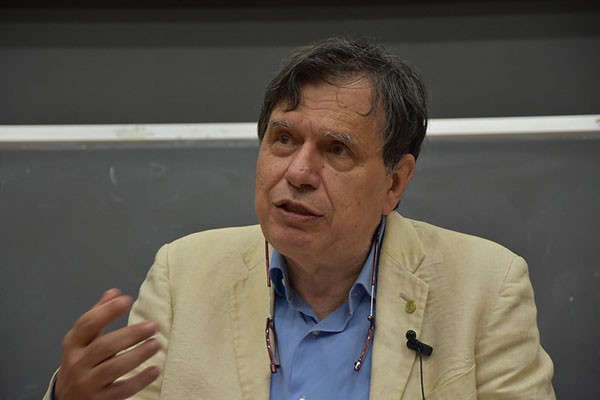 |
| European Research Council |
* Boltzmann Medal, 1992. The motivations for the Boltzmann Medal read: "The Boltzmann Medal for 1992 is hereby awarded to Giorgio Parisi for his fundamental contributions to statistical physics, and particularly for his solution of the mean field theory of spin glasses."
* Dirac Medal and Prize, 1999. The motivations for the Dirac Medal are: "Giorgio Parisi is distinguished for his original and deep contributions to many areas of physics ranging from the study of scaling violations in deep inelastic processes (Altarelli-Parisi equations), the proposal of the superconductor's flux confinement model as a mechanism for quark confinement, the use of supersymmetry in statistical classical systems, the introduction of multifractals in turbulence, the stochastic differential equation for growth models for random aggregation (the Kardar-Parisi-Zhang model) and his groundbreaking analysis of the replica method that has permitted an important breakthrough in our understanding of glassy systems and has proved to be instrumental in the whole subject of Disordered Systems."
*It was announced on October 16, 2007 that Parisi won the Microsoft European Science Award for his work on quantum chromodynamics and spin glasses.
Lagrange Prize, 2009. Awarded to scientists who have contributed most to the development of the science of complexity in various areas of knowledge.
Max Planck Medal, 2011.
“For his significant contributions in theoretical elementary particle physics and quantum field theory and statistical physics, especially of systems with frozen disorder, especially spin glasses."
Nature Awards for Mentoring in Science – Italy, 2013 Lifetime achievement award. The Prize is awarded annually to a different country by the scientific journal "Nature".
High Energy and Particle Physics Prize - EPS HEPP Prize, 2015.
“For developing a probabilistic field theory framework for the dynamics of quarks and gluons, enabling a quantitative understanding of high-energy collisions involving hadrons”.
Lars Onsager Prize, 2016.
“For groundbreaking work applying spin glass ideas to ensembles of computational problems, yielding both new classes of efficient algorithms and new perspectives on phase transitions in their structure and complexity”.
Pomeranchuk Prize, 2018.
“For outstanding results in quantum field theory, statistical mechanics and particle theory”.
Wolf Prize, 2021.
“For ground-breaking discoveries in disordered systems, particle physics and statistical physics. The Wolf Prize in Physics is awarded to Giorgio Parisi for being one of the most creative and influential theoretical physicists in recent decades. His work has a large impact on diverse branches of physical sciences, spanning the areas of particle physics, critical phenomena, disordered systems as well as optimization theory and mathematical physics.”.
Inserted in Clarivate Citation Laureates, 2021.
"For ground-breaking discoveries in quantum-chromodynamics and in the study of complex disordered systems."
Nobel Prize in Physics, 2021.
“For the discovery of the interplay of disorder and fluctuations in physical systems from atomic to planetary scales.”
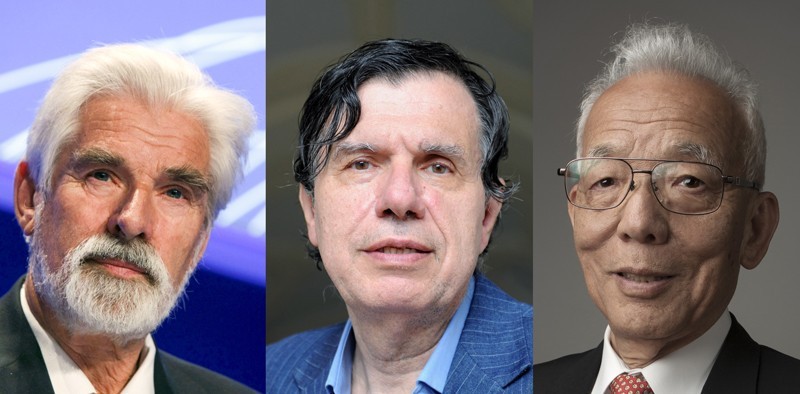 |
| 2021 Physics Nobel laureates Klaus Hasselmann, Giorgio Parisi and Syukuro Manabe.Credit: J J Guillen/EPA/Shutterstock; Tania/Contrasto/Eyevine; Markus Marcetic, the Royal Swedish Academy of Sciences |
Giorgio Parisi wins the 2021 Nobel Prize in PhysicsHe is the sixth Italian scientist to receive the award, that he shares with Syukuro Manabe and Klaus Hasselmann, for “groundbreaking contributions to our understanding of complex physical systems”. Giorgio Parisi, a physicist from Sapienza Università di Roma and current vice-president of Accademia dei Lincei, has been awarded half of the 2021 Nobel Prize in Physics, with the other half shared between Syukuro Manabe from Princeton University in the USA and Klaus Hasselmann from the Max Planck Institute for Meteorology in Hamburg, Germany. The award recognizes the three scientists’ “groundbreaking contributions to our understanding of complex physical systems”. As for Parisi, an eclectic physicist whose research work has covered areas such as fundamental particles, condensed matter, statistical physics and disordered materials, the Nobel committee has highlighted his contributions to “the discovery of the interplay of disorder and fluctuations in physical systems from atomic to planetary scales”. “I was very happy and I was not really expecting it,” Parisi told reporters after the announcement. “I was really very happy. I knew there was some non-negligible possibility.” The study of complex physical systems has applications ranging from neuroscience to biology and machine learning. But in the press release accompanying the announcement, the Nobel Committee for Physics highlighted one complex system in particular: the Earth’s climate. “The discoveries being recognised this year demonstrate that our knowledge about the climate rests on a solid scientific foundation, based on a rigorous analysis of observations” said Thors Hans Hansson, chair of the Committee. “This year’s Laureates have all contributed to us gaining deeper insight into the properties and evolution of complex physical systems”. Parisi, who is 73, is the sixth Italian scientist to win the Physics Nobel Prize, after Guglielmo Marconi (1909), Enrico Fermi (1938), Emilio Segré (1959), Carlo Rubbia (1984) and Riccardo Giacconi (2002). |
 | Who is Singer V of BTS: Early Life, Career, Personal Life, Achievement Kim Tae-hyung (born December 30, 1995), also known by his stage name V, is a South Korean singer, songwriter, and actor. He is a vocalist ... |
 | Chancellor of Germany Angela Merkel: Biography, Personal Profile, Career Angela Merkel is a German politician best known as the first female chancellor of Germany and one of the architects of the European Union. |
 | Australian Prime Minister Scott Morrison: Biography, Personal Profile, Career Scott John Morrison is an Australian politician serving as the 30th and current prime minister of Australia. He assumed office in August 2018 upon his ... |
Recommended
 World
World
Vietnamese Lunar New Year Food Fair 2026 Showcases Cultural Identity in Malaysia
 World
World
India named President of BRICS+ for the 2026 term
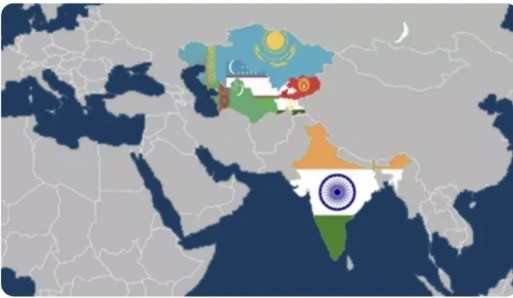 World
World
India strengthens defense and security ties with Central Asia
 World
World
India–Brazil–South Africa (IBSA) Dialogue Forum: An Assessment – Analysis
Popular article
 World
World
India’s package for exporters signals confidence in Southeast Asia markets
 World
World
Japanese PM Sanae Takaichi and Indian PM Narendra Modi agree to deepen Japan-India cooperation
 World
World
Australia, Canada, India Enhance Cooperation in Technology
 World
World




